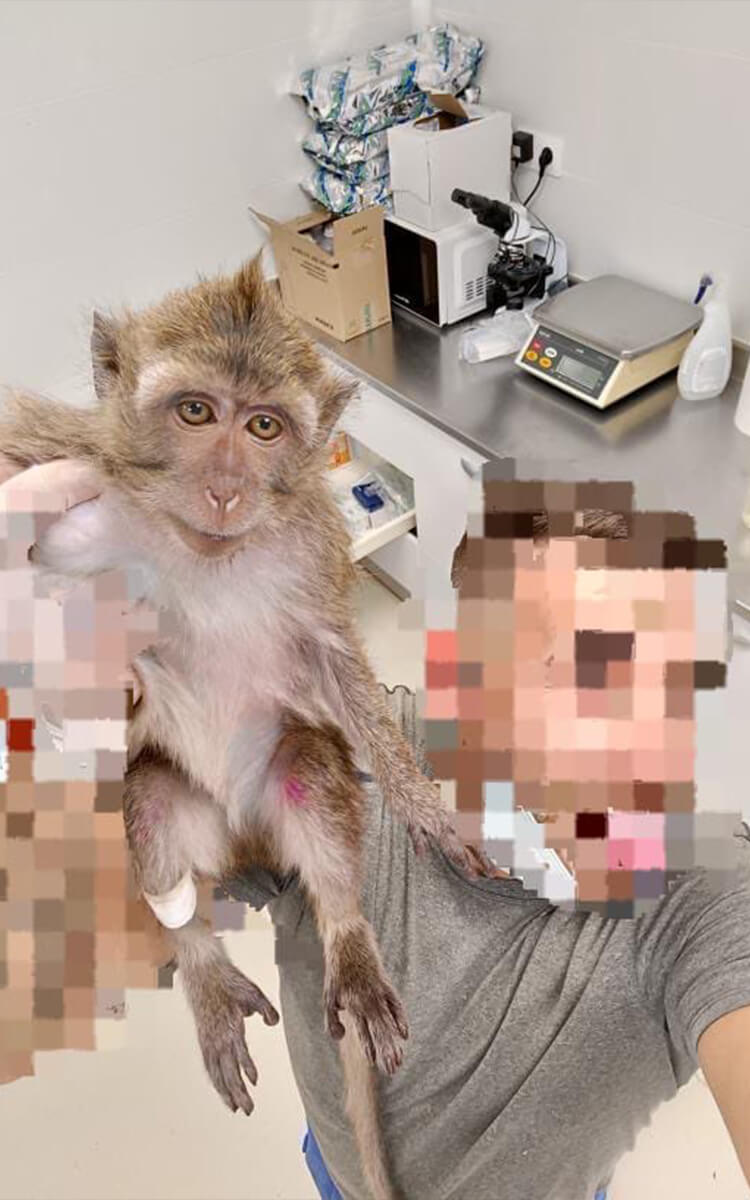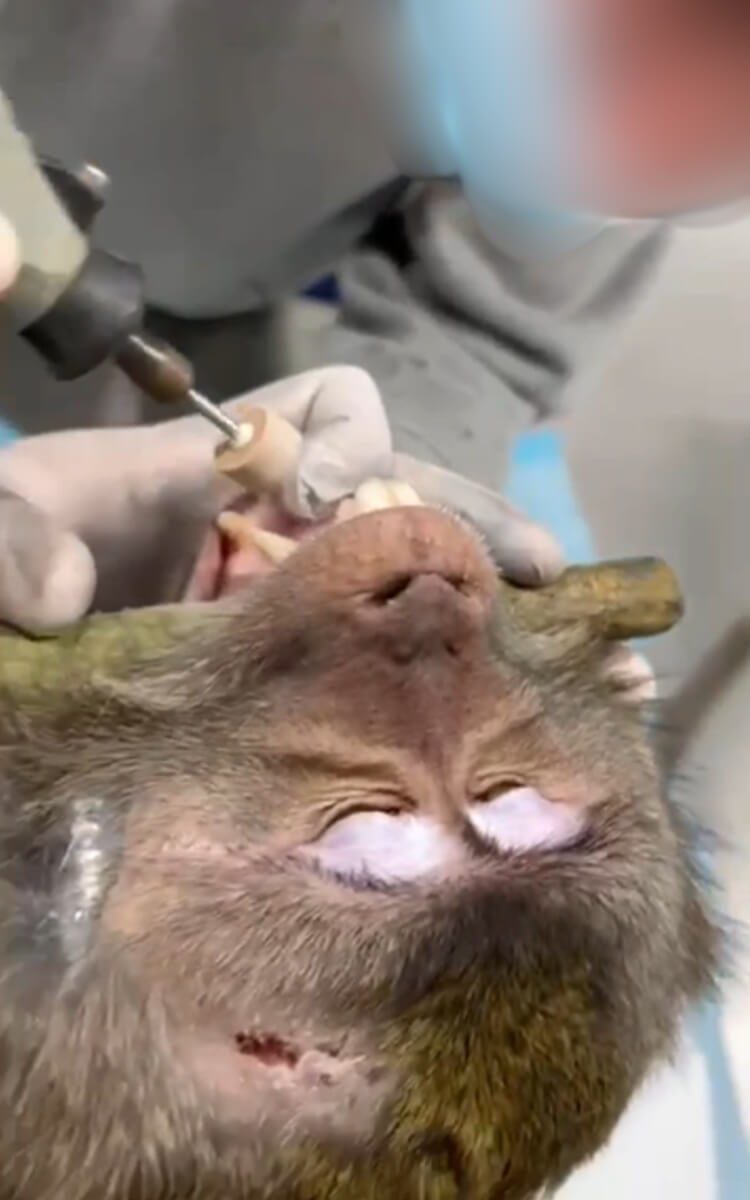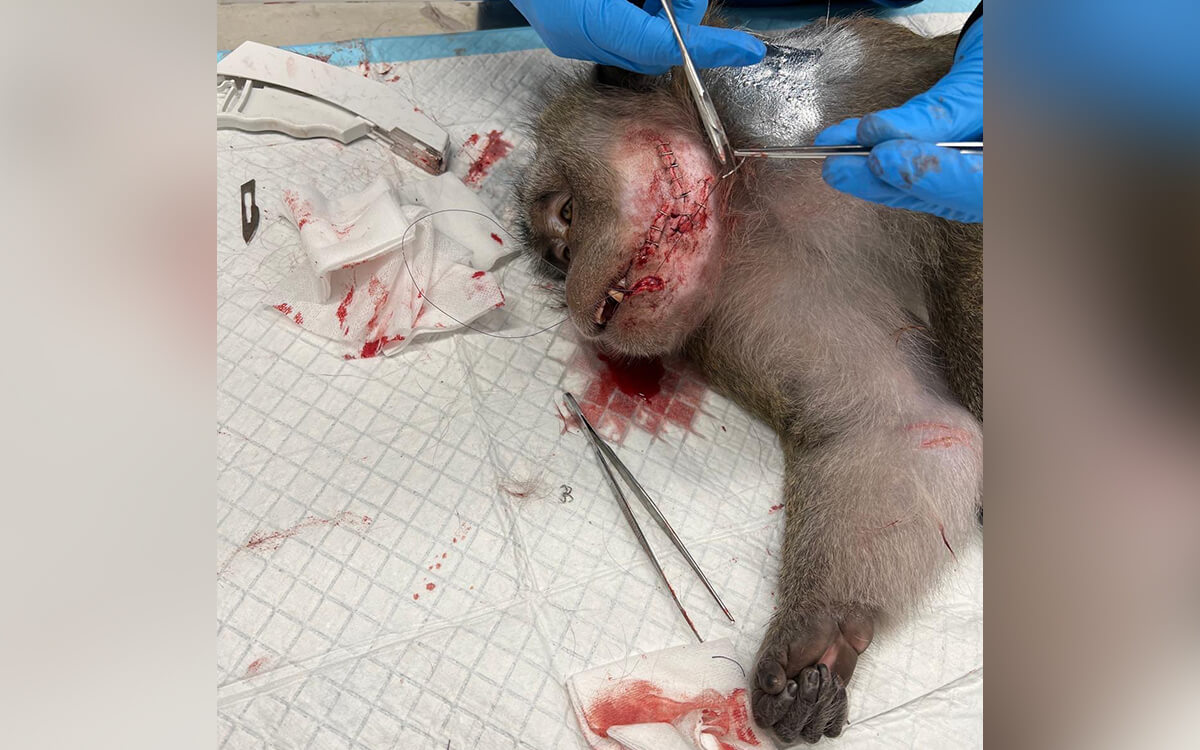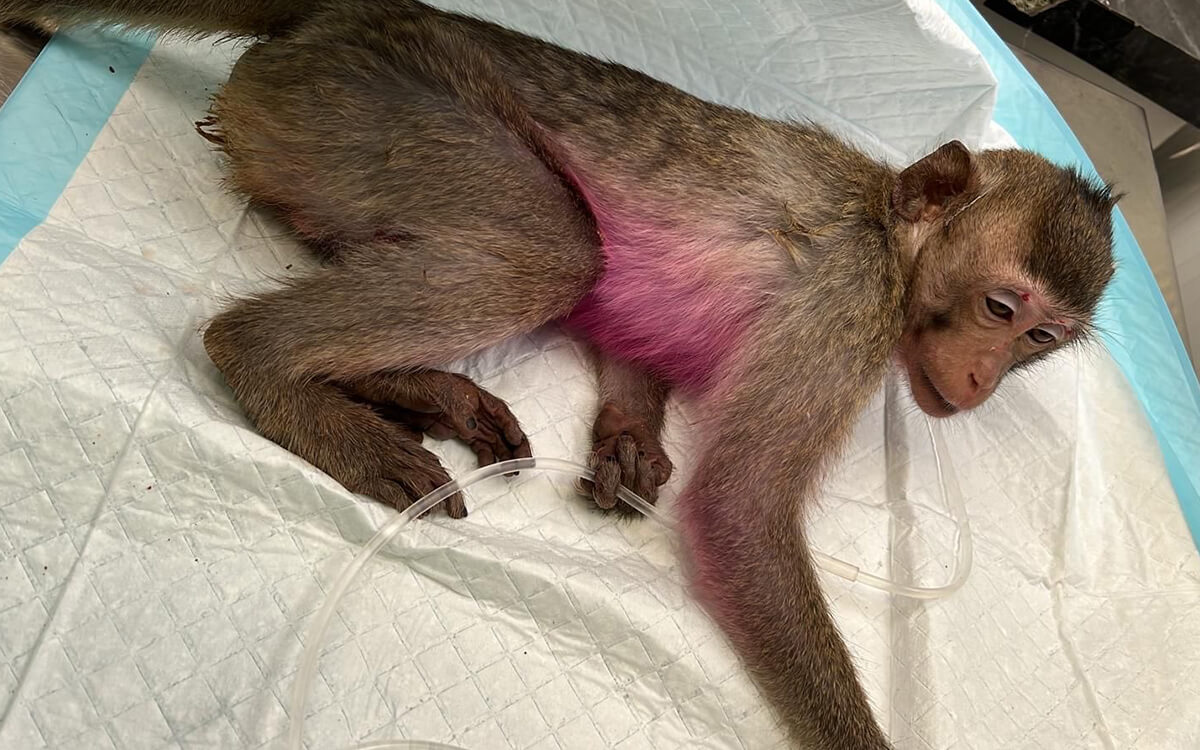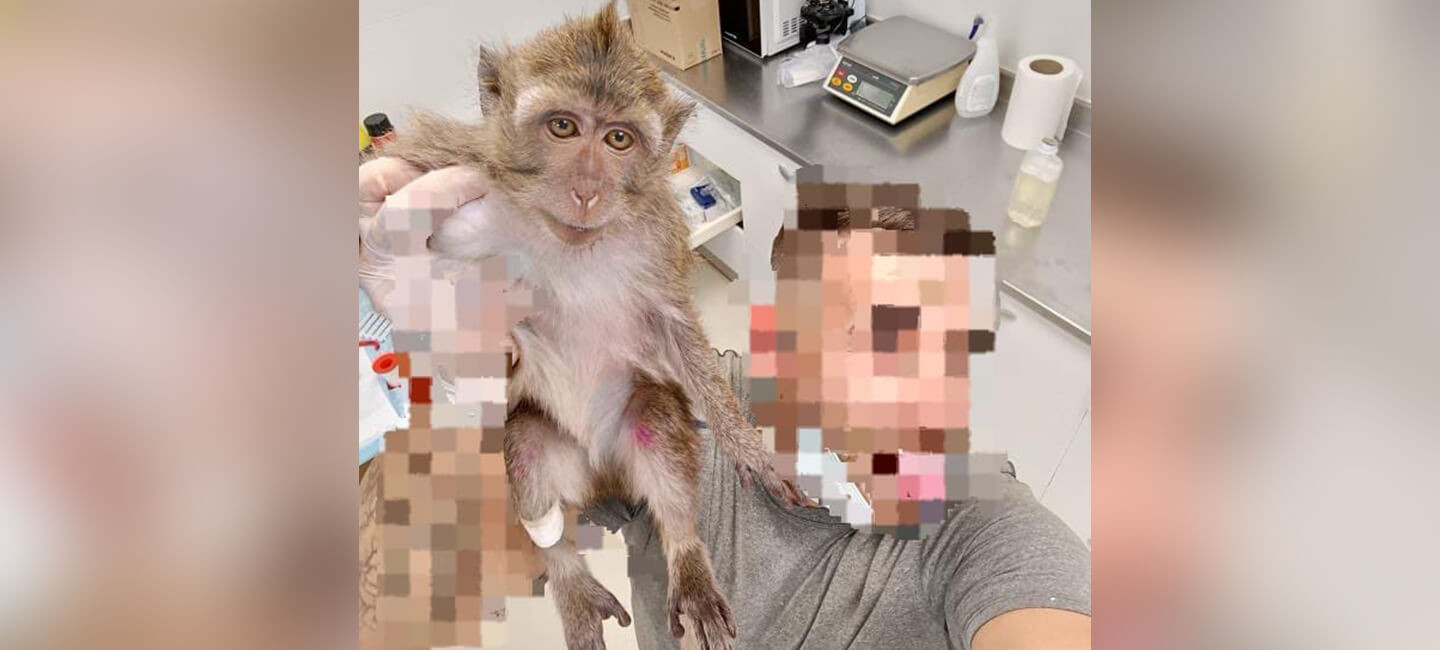
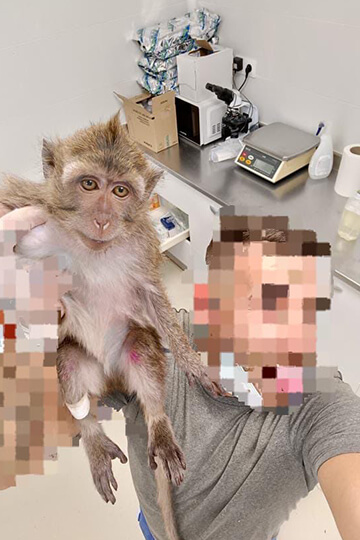
New pictures of monkeys reveal the reality behind Camarney SL and animal testing
Our partner Abolición Vivisección has sent us new photos showing the reality of Camarney SL in Camarles (Tarragona, Spain). This is the largest primate distribution and experimentation centre in Europe. Since 2003, it has imported more than 30,000 long-tailed macaques from Mauritius, and more than 7,000 from Vietnam.
The macaques are captured and transported from their country of origin to Camarney, crammed into small transit crates. The conditions of these appalling transports, which can last up to two days, mean that many of them do not survive. Once in Camarney, the macaques are caged until they are sent to other laboratories where they are “used”, or “sacrificed” because they cannot be “sold” to other laboratories.
Despite Camarney’s long list of irregularities and negligence, the evidence of illegal trafficking of long-tailed macaques, and the fact that these were declared endangered in 2022, the Generalitat of Catalonia has continued to allow Camarney to continue its “activity”, and the Ministry of Ecological Transition and Demographic Challenge has continued to authorise the importation of thousands of macaques destined for slaughter.
These new pictures show that the macaques locked up at Camarney remain in deplorable and unsanitary conditions and are subjected to mistreatment. Even before being “used” in an experiment, they suffer serious injuries, lesions, diseases and even mutilations, which further aggravate the consequences of the experiments. These pictures are not an isolated case in Europe; they are further proof of the way Europe’s largest primate centre operates and of the cruelty and suffering that lie behind animal experimentation.
For all these reasons, together with Abolición Vivisección, we once again call on the Generalitat of Catalonia to immediately suspend Camarney’s activities and take urgent measures to close it down permanently.
